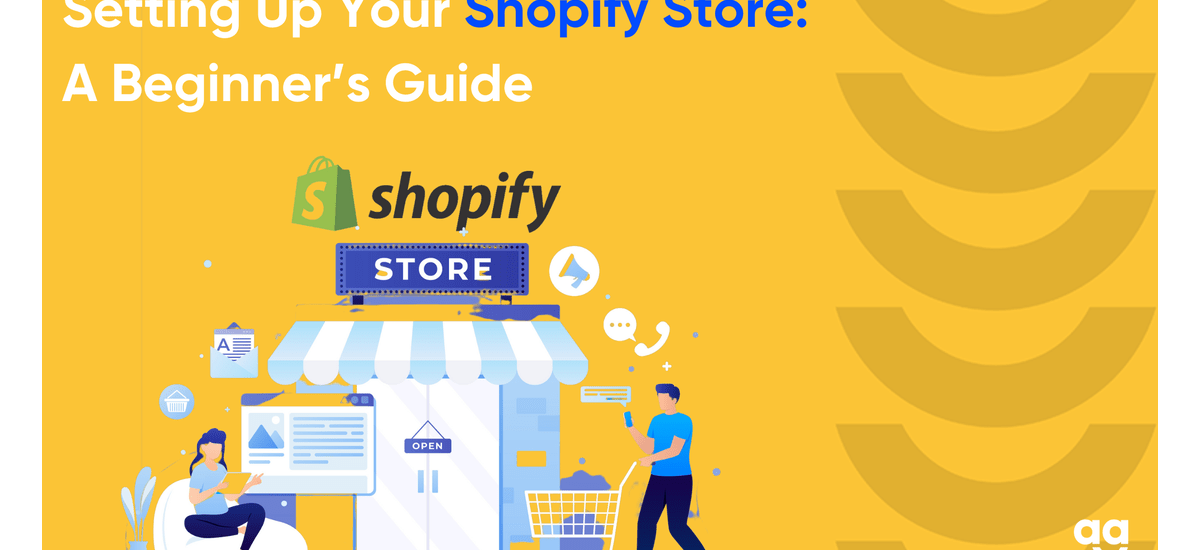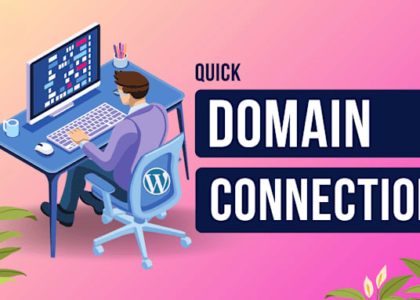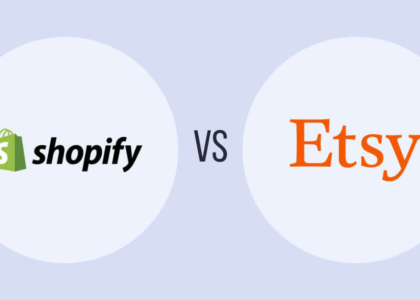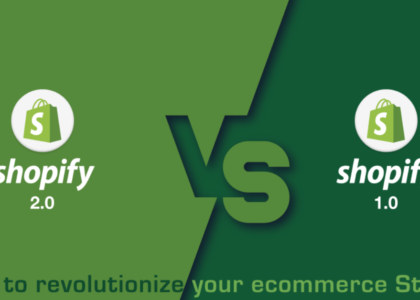Are you ready to take your Shopify store to the next level? Setting up your Shopify store correctly is crucial for a seamless customer experience and efficient business operations. In this guide, we will walk you through the essential settings and configurations that will help you optimize your Shopify store on the Fast Solutions Developer platform.
Step 1: Setting Up Your Store
First things first, ensure you have your Shopify account set up and ready to go. Once logged in, navigate to the Admin panel where you will find all the tools and settings needed to customize your store.
Step 2: Configuring General Settings
- Store Details: Go to Settings > General and fill in your store name, address, and contact information. This information is crucial for legal purposes and customer communication.
- Store Currency and Taxes: Set your store currency and configure tax settings according to your location and business requirements.
- Checkout Settings: Customize your checkout process under Settings > Checkout to streamline the buying process for your customers. Enable options like guest checkout and shipping to multiple addresses if needed.
Step 3: Customizing Your Theme
- Choosing a Theme: Explore Shopify’s theme store or upload a custom theme that aligns with your brand identity and enhances user experience.
- Theme Settings: Customize your chosen theme to match your branding, including colors, fonts, and layout. This can typically be done through the Theme Editor in the Online Store > Themes section.
Step 4: Adding Products
- Product Catalog: Start adding products by navigating to Products > All products and clicking on ‘Add product’. Include high-quality images, detailed descriptions, pricing, and inventory information.
- Collections: Organize your products into collections to make navigation easier for customers. Create collections based on product type, season, or any other relevant category.
Step 5: Setting Up Payment Gateways
- Payment Providers: Configure payment gateways under Settings > Payments. Shopify supports a wide range of payment options including credit cards, PayPal, and alternative payment methods.
- Shipping Settings: Set up shipping zones and rates under Settings > Shipping. Define shipping zones based on your customer locations and specify shipping rates according to weight, price, or carrier-calculated rates.
Step 6: Apps and Integrations
- Shopify App Store: Explore the Shopify App Store for apps and integrations that can extend the functionality of your store. Popular apps include email marketing tools, analytics, and customer support solutions.
- Integrate Fast Solutions Developer Tools: Leverage tools and APIs provided by Fast Solutions Developer to enhance your store’s capabilities and integrate with external systems seamlessly.
Step 7: Testing and Launching Your Store
- Preview Mode: Before launching your store, use the preview mode to see how your store looks and functions. Test all aspects including navigation, checkout process, and responsiveness.
- Launch Your Store: Once satisfied with the setup, remove the password protection (if enabled) and make your store live. Announce the launch through social media and other marketing channels.
Step 8: Monitoring and Optimization
- Analytics: Monitor your store performance using Shopify’s built-in analytics tools. Track sales, visitor behavior, and conversion rates to identify areas for improvement.
- SEO Optimization: Optimize your store for search engines by using relevant keywords in product descriptions, titles, and meta tags. This will help drive organic traffic to your store.
By following these steps, you will be well on your way to creating a professional and efficient Shopify store on the Fast Solutions Developer platform. Remember, continuous monitoring and optimization are key to maintaining a successful online presence. Happy selling!
This guide is designed to equip you with the foundational knowledge needed to configure your Shopify store effectively on the Fast Solutions Developer platform. Whether you are a beginner or looking to refine your existing store, these steps will help you achieve a polished and customer-friendly online store presence.
Get start today! Sign up for a free trial and enjoy your first month for just $1 here. By embracing advanced Shopify scripting, you pave the way for a more agile and responsive online store, capable of adapting swiftly to market demands and customer expectations.
3.5





